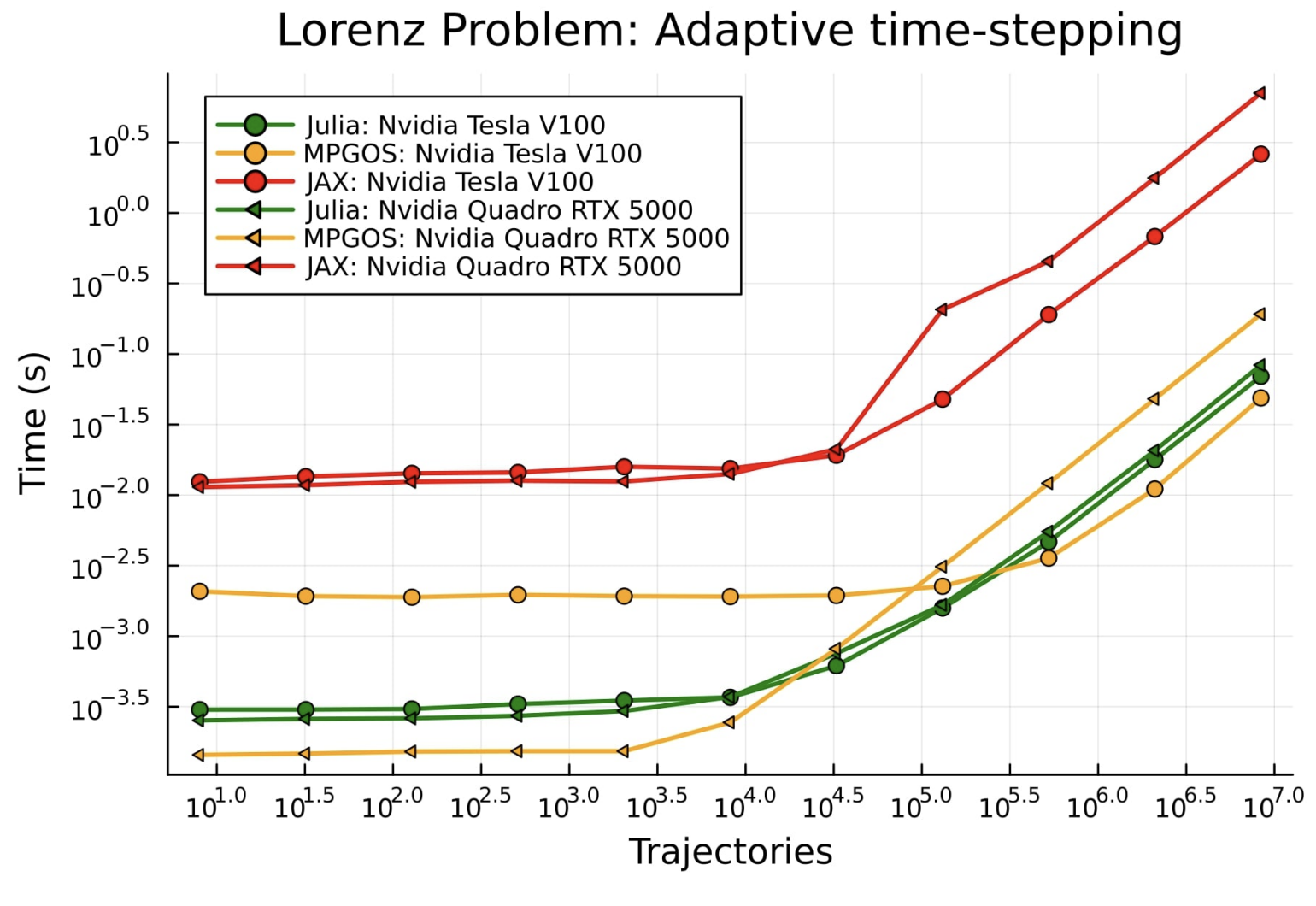Machine Learning
568 readers
1 users here now
A community for posting things related to machine learning
Icon base by Lorc under CC BY 3.0 with modifications to add a gradient
founded 2 years ago
MODERATORS
26
27
28
29
30
8
Image denoising techniques: A comparison of PCA, kernel PCA, autoencoder, and CNN
(www.fabriziomusacchio.com)
31
32
33
34
35
36
37
38
39
40
41
42
19
Real World Data Science Competition | When will the cherry trees bloom?
(realworlddatascience.net)
43
44
6
The Random Transformer | Understand how transformers work by demystifying all the math behind them
(osanseviero.github.io)
45
46
47
3
Sentence Embeddings | Everything you wanted to know about sentence embeddings (and maybe a bit more)
(osanseviero.github.io)
48
49
50
